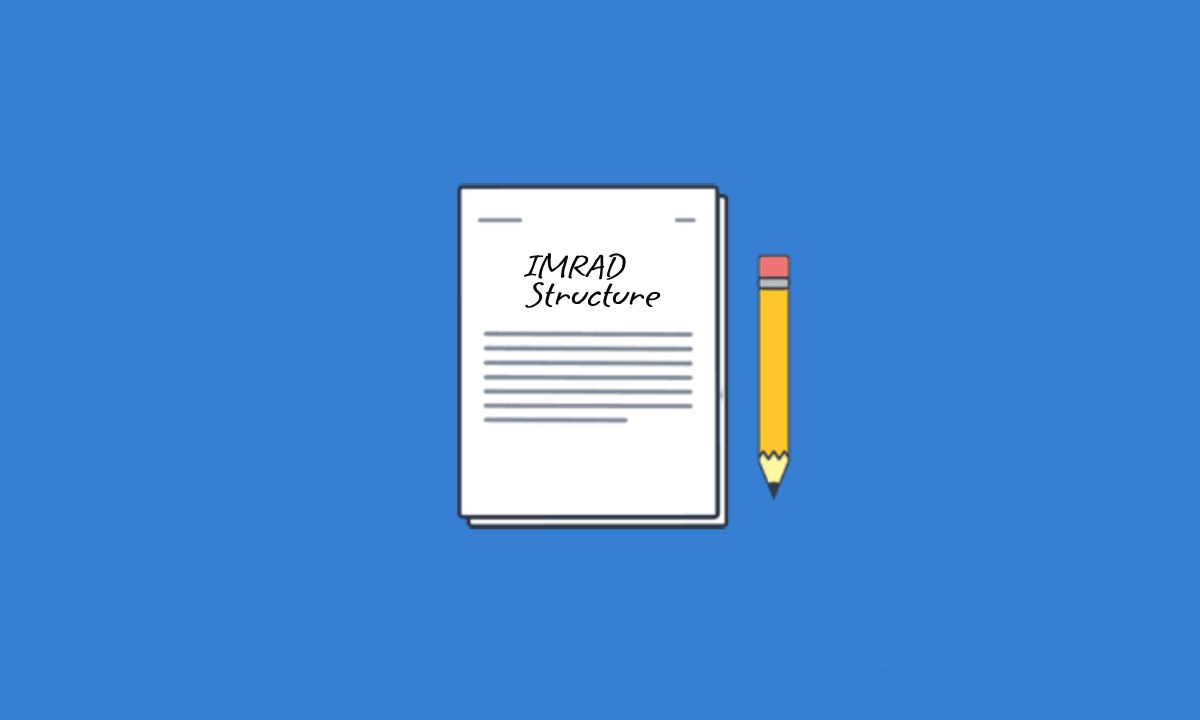What is a Precis?
A precis is a concise summary or abstract of a text, speech, or other form of communication. It condenses the main ideas, arguments, and key points of the original work into a shorter version while maintaining the essence and tone of the original. Precis writing requires the ability to extract the most important information from a larger piece of writing. It’s often used in academic settings, journalism, and professional writing to provide readers with a quick overview of a longer piece of content.
Precis Types:
There are several types of precis, each serving a specific purpose depending on the context and requirements. Here are some common types:
Informative Precis:
Summarizes the main points and factual information of the original text without providing any personal opinion or analysis.
Explanatory Precis:
Provides a detailed explanation of the main ideas and arguments presented in the original text, often including examples or clarifications to enhance understanding.
Critical Precis:
Analyzes and evaluates the original text, offering both a summary of its content and a critique of its strengths and weaknesses.
Literary Precis:
Focuses on summarizing the themes, characters, and key events of a literary work such as a novel, play, or poem.
Rhetorical Precis:
Breaks down the structure and rhetorical strategies used in the original text, including the author’s purpose, audience, tone, and persuasive techniques.
Descriptive Precis:
Provides a detailed description of the original text, including its subject matter, tone, style, and intended audience.
Argumentative Precis:
Summarizes the main arguments and supporting evidence presented in the original text, often with a focus on analyzing the logic and persuasiveness of the author’s claims.
Precis Format:
The format of a precis typically follows a specific structure to ensure clarity and conciseness. Here’s a standard format for writing a precis:
Title:
Begin with the title of the original text, enclosed in quotation marks if it’s an article, essay, or similar work.
Author’s Name: Follow the title with the author’s name.
Publication Information:
Include any relevant publication information such as the name of the journal, magazine, or book where the original text was published, as well as the publication date.
Introduction:
Write a brief introductory sentence or two that provides context for the original text and introduces the main topic or argument.
Thesis Statement:
Summarize the author’s main argument or thesis in one or two sentences.
Summary:
Provide a concise summary of the main points and key supporting details of the original text. This should be written in your own words and should capture the essential elements of the author’s argument or narrative.
Evaluation:
Optionally, include a brief evaluation or critique of the original text. This may involve commenting on the strengths and weaknesses of the author’s argument, the effectiveness of their evidence, or any biases or assumptions present in the text.
Conclusion:
Conclude the precis with a closing statement that reinforces the main ideas of the original text and summarizes your overall impression or interpretation.
Word Count:
Some precis assignments may specify a word limit, so it’s important to check if there are any length requirements and adjust your precis accordingly.
Remember to maintain a formal tone and use clear, concise language throughout your precis. Avoid adding personal opinions or interpretations unless specifically requested, and focus on faithfully representing the content and structure of the original text.
How to Write a Precis?
Writing a precis involves several steps to condense a longer piece of writing into a shorter, concise summary while retaining its main ideas and tone. Here’s a step-by-step guide on how to write a precis:
Read Carefully:
Begin by reading the original text carefully to understand its main argument, key points, and supporting evidence. Take notes as you read to capture important details and ideas.
Identify the Main Points:
Identify the main points and arguments presented in the original text. Look for the author’s thesis statement or central claim, as well as the key supporting points that contribute to the overall argument.
Understand the Structure:
Pay attention to the structure and organization of the original text, including how the author introduces ideas, develops arguments, and provides evidence to support their claims.
Write an Introduction:
Start your precis with an introductory sentence or two that provides context for the original text. Mention the title, author, and any relevant publication information, and briefly summarize the main topic or argument.
Craft a Thesis Statement:
Write a concise thesis statement that captures the main argument or central claim of the original text. This statement should convey the author’s main purpose or message in a clear and succinct manner.
Summarize the Main Points:
Write a summary of the main points and key supporting details of the original text. Focus on capturing the essential elements of the author’s argument or narrative, using your own words to restate the ideas while maintaining the original meaning.
Be Concise:
Keep your precis concise and to the point, avoiding unnecessary details or tangents. Aim to capture the essence of the original text in a condensed form, while still conveying its main ideas effectively.
Maintain the Tone and Style:
Try to match the tone and style of the original text in your precis, while also ensuring clarity and readability. Use formal language and appropriate academic or professional vocabulary, but avoid simply copying phrases or sentences from the original text.
Check for Accuracy:
Review your precis to ensure that it accurately represents the main ideas and arguments of the original text. Check for any errors in grammar, punctuation, or spelling, and make revisions as needed to improve clarity and coherence.
Write a Conclusion:
Conclude your precis with a closing statement that reinforces the main ideas of the original text and summarizes your overall interpretation or impression. Avoid introducing new information or arguments in the conclusion.
Proofread and Revise:
Finally, proofread your precis carefully to catch any remaining errors or inconsistencies. Make revisions as needed to improve the clarity, coherence, and accuracy of your summary.
By following these steps, you can effectively write a precis that accurately summarizes the main ideas and arguments of a longer piece of writing in a clear and concise manner.
Precis Example:
Below is an example of a precis.
Title: “The Impact of Climate Change on Global Agriculture”
Author: Michael Smith
Publication Information: Published in Environmental Science Journal, May 2024
Introduction: In his article “The Impact of Climate Change on Global Agriculture,” Michael Smith examines the effects of climate change on agricultural productivity worldwide.
Thesis Statement: Smith argues that rising temperatures and changing weather patterns pose significant challenges to global food security.
Summary: Smith begins by outlining the various ways in which climate change is affecting agricultural systems, including shifts in precipitation patterns, increased frequency of extreme weather events, and the spread of pests and diseases. He then discusses the potential consequences of these changes, such as reduced crop yields, decreased nutritional value of food, and increased food prices. Smith also highlights the disproportionate impact of climate change on vulnerable populations, particularly smallholder farmers in developing countries. Despite these challenges, Smith suggests that there are opportunities to adapt to climate change through sustainable agricultural practices and investments in research and technology.
Evaluation: Smith’s article provides a comprehensive overview of the complex relationship between climate change and global agriculture. His analysis is supported by a wealth of scientific evidence and data, making a compelling case for urgent action to mitigate the impacts of climate change on food systems. However, Smith could have further explored the social and economic dimensions of this issue, including the role of policy and governance in addressing food insecurity.
Conclusion: In conclusion, “The Impact of Climate Change on Global Agriculture” underscores the urgent need for collective action to address the challenges posed by climate change to food security. By implementing sustainable agricultural practices and policies, we can work towards building more resilient food systems and ensuring food security for future generations.
This example demonstrates how a precis can summarize the main points and arguments of an original article while maintaining clarity and coherence.
Difference Between Precis and Summary:
Below are some key differences between a précis and a summary:
Purpose:
A precis aims to capture the main ideas, arguments, and key points of the original text while maintaining its tone and style. Unlike a summary, which provides a general overview, a precis offers a more detailed and structured summary, sometimes including an evaluation or critique of the original text. It serves to provide readers with a comprehensive understanding of the text’s content and may be used in academic or professional settings where thorough analysis is required.
Length and Detail:
In terms of length and detail, a precis is typically longer and more detailed than a summary. It aims to provide a comprehensive overview of the original text’s main ideas and arguments, often including specific examples, quotations, or paraphrases to illustrate key points. On the other hand, a summary is shorter and more succinct, focusing on capturing the essential elements of the original text in a condensed form. It may omit certain details or nuances to maintain brevity and clarity.
Audience and Context:
Precis writing is commonly used in academic and professional contexts, where a thorough understanding and analysis of the original text are necessary. It may be utilized for assignments, research papers, or presentations, catering to an audience that requires in-depth information and insights. In contrast, summaries are more prevalent in everyday contexts such as news articles, book reviews, or online content, where readers seek quick overviews without needing detailed analysis.
Structure and Format:
A precis follows a specific format comprising elements such as an introduction, thesis statement, summary of main points, evaluation, and conclusion. It aims to maintain the structure and organization of the original text while condensing its content. Conversely, a summary may have a less structured and formal format, often consisting of a brief introduction followed by a concise overview of the text’s main points. Its format may vary depending on the context and intended audience.



